Scientists have, for the first time, observed a massive glacial lake outburst in East Greenland, releasing over 3,000 billion liters of meltwater within weeks.
For the first time, scientists have documented a massive glacial lake outburst in East Greenland, during which over 3,000 billion liters of meltwater were released within just a few weeks. This rare natural flooding event, observed by researchers from the University of Copenhagen, sheds new light on the immense and potentially dangerous forces unleashed by glacial meltwater.
To put it in perspective, imagine an enormous mountain lake holding enough water to equal three times Denmark’s annual water consumption, suddenly breaking free. That’s what occurred when the massive Catalina Lake in East Greenland released 3.4 cubic kilometers (3,000 billion liters) of meltwater into the Scoresby Sound fjord.
The enormous volume places this event among the top three largest of its kind ever documented. The meltwater outburst flood occurred between September 23 and October 11, during which the lake’s water level plummeted 154 meters. The dramatic phenomenon was observed for the first time in real-time using satellite imagery by scientists from the University of Copenhagen’s Niels Bohr Institute.
“We have previously found traces of similar outburst floods, but due to polar night and clouds obstructing the potential for satellite observations, this is the first time that researchers have been able to monitor an event and measure the water volumes in real-time,” explains Niels Bohr Institute climate researcher Aslak Grinsted.
Scientists have, for the first time, observed a massive glacial lake outburst in East Greenland, releasing over 3,000 billion liters of meltwater within weeks.
For the first time, scientists have documented a massive glacial lake outburst in East Greenland, during which over 3,000 billion liters of meltwater were released within just a few weeks. This rare natural flooding event, observed by researchers from the University of Copenhagen, sheds new light on the immense and potentially dangerous forces unleashed by glacial meltwater.
To put it in perspective, imagine an enormous mountain lake holding enough water to equal three times Denmark’s annual water consumption, suddenly breaking free. That’s what occurred when the massive Catalina Lake in East Greenland released 3.4 cubic kilometers (3,000 billion liters) of meltwater into the Scoresby Sound fjord.
The enormous volume places this event among the top three largest of its kind ever documented. The meltwater outburst flood occurred between September 23 and October 11, during which the lake’s water level plummeted 154 meters. The dramatic phenomenon was observed for the first time in real-time using satellite imagery by scientists from the University of Copenhagen’s Niels Bohr Institute.
“We have previously found traces of similar outburst floods, but due to polar night and clouds obstructing the potential for satellite observations, this is the first time that researchers have been able to monitor an event and measure the water volumes in real-time,” explains Niels Bohr Institute climate researcher Aslak Grinsted.
“The danger from glacier-dammed lakes is increasing due to global warming. It’s vital to improve our understanding of this phenomenon to issue timely warnings should there be an imminent risk,” says Grinsted.
While glacial lake outburst floods can be catastrophic in densely populated areas like the Himalayas, where they often destroy villages, this particular outburst caused no harm due to Greenland’s sparse population. However, a 2023 study concluded that 15 million people worldwide live under the threat of deadly glacial floods.
“I expect that we will witness outbursts from even larger ice-dammed lakes as Greenland’s ice sheet retreats in coming centuries. At the end of the last Ice Age, Lake Missoula had an outburst that was 2,500 times larger than the recent Catalina event. To understand these massive forces, we must study the largest outbursts when they occur,” says Aslak Grinsted.
Comparable to the energy of the world’s largest nuclear power plant.
The energy released by glacial lake outburst floods is staggering.
“In this case, the energy released by the glacier flood was equivalent to the output of the world’s largest nuclear power plant running at full capacity for 22 days,” explains Aslak Grinsted.
According to the researcher, it’s worth considering how to harness the immense energy of such natural phenomena as a source of green energy. In theory, the energy released from the Catalina Lake event could have continuously provided 50 megawatts of electricity, enough to meet the needs of a small town. However, in this instance, the nearest settlement is 180 kilometers away and inhabited by a mere 350 residents – posing a significant technological challenge for energy utilization.
“As with many other natural resources in Greenland, infrastructure is a problem. But if a brilliant engineer could figure out how to harness these meltwater outbursts, there’s enormous power and energy potential in them,” concludes Grinsted.


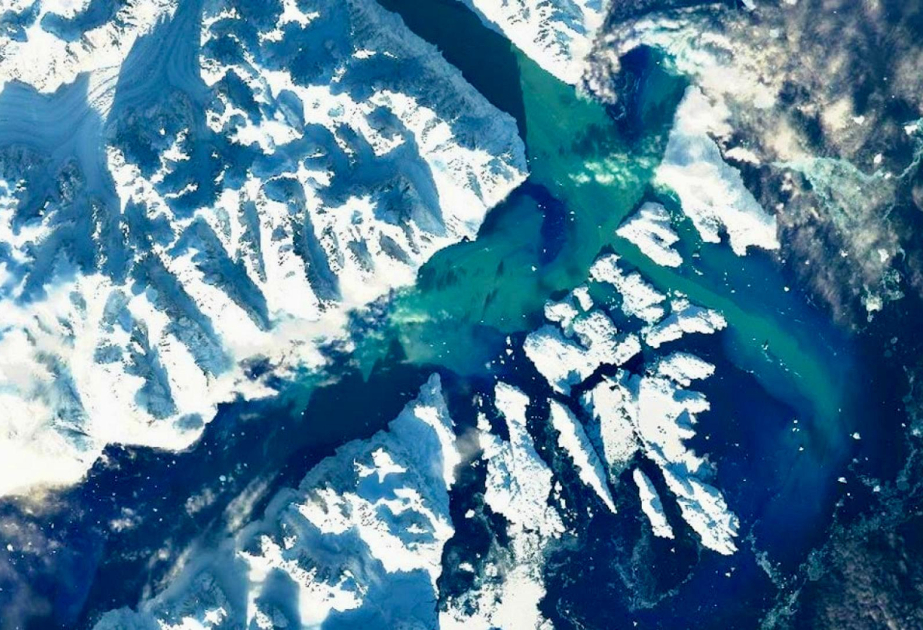
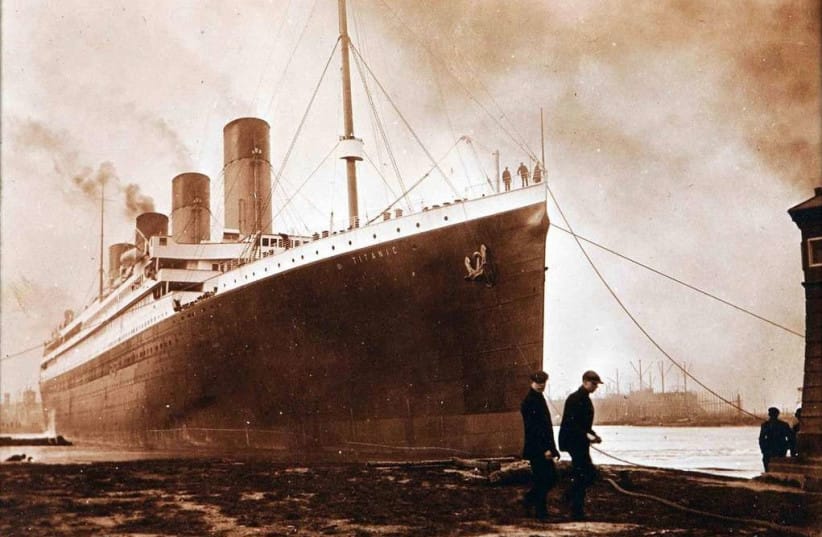

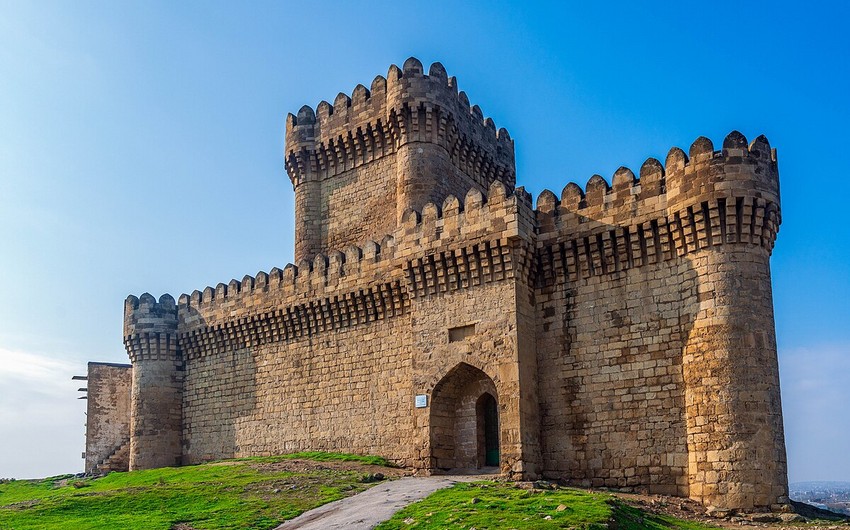


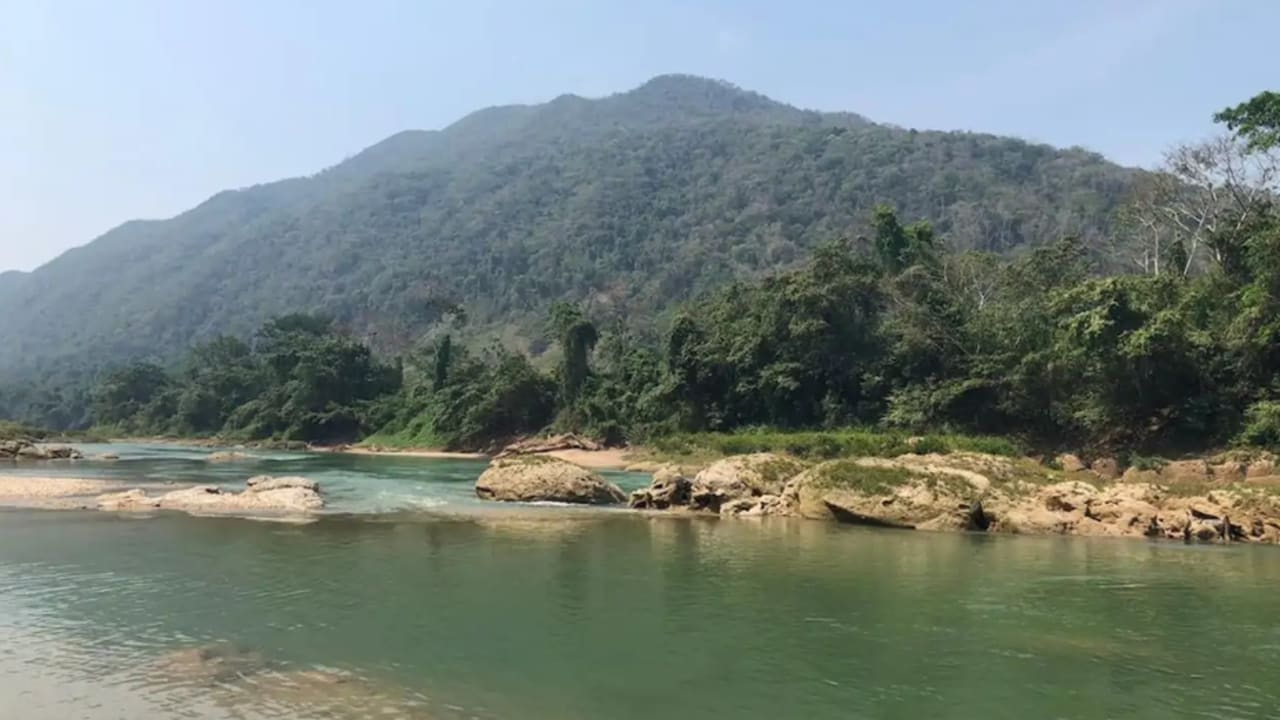
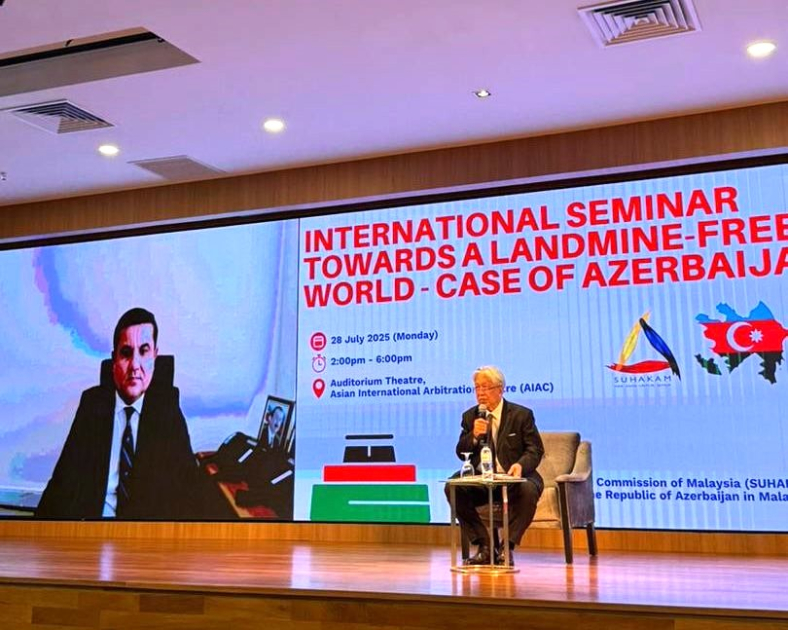

.jpg)




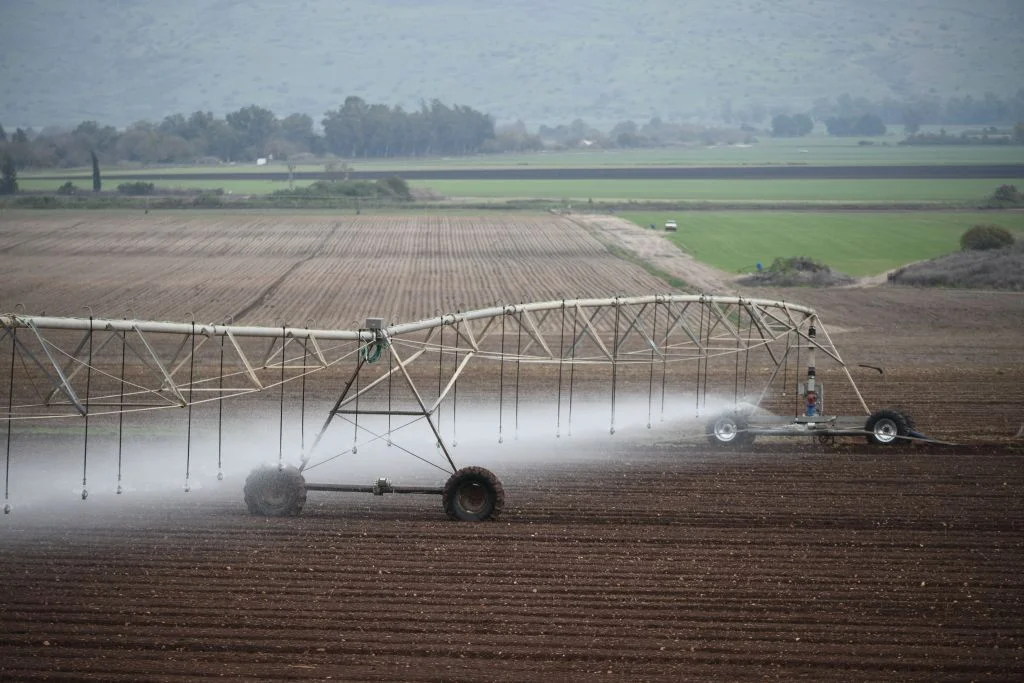
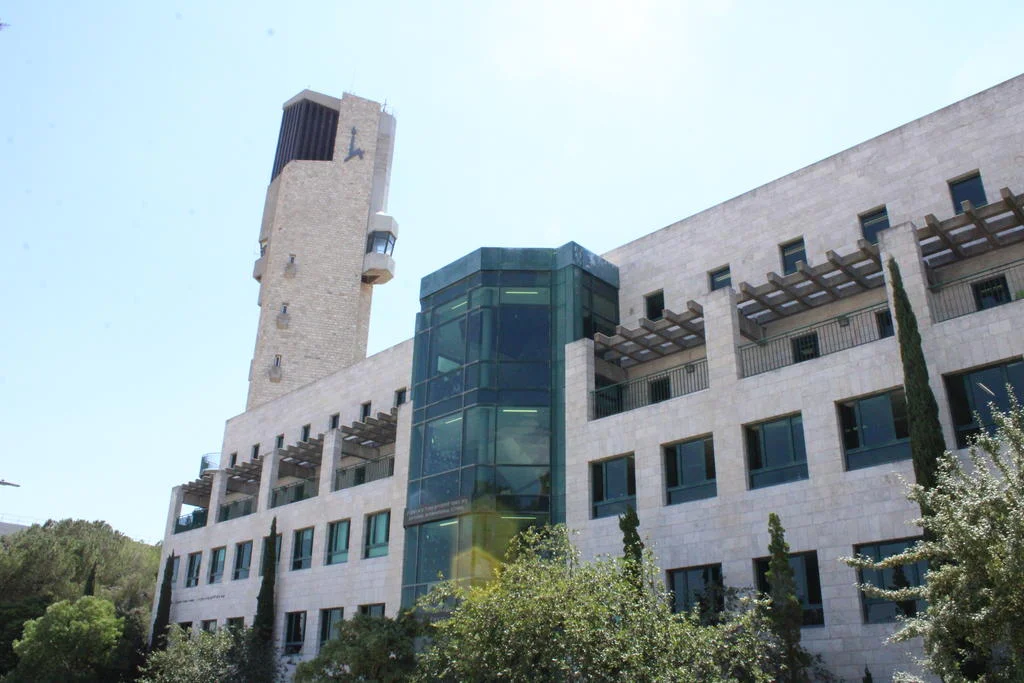
.webp)


